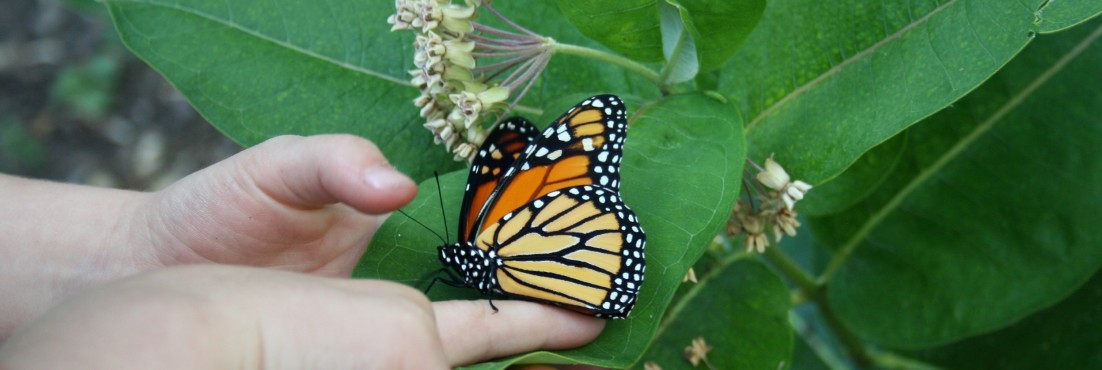 A few weeks ago, I took a mid-summer Master Gardener refresher course at the Minnesota Landscape Arboretum. Bob Mugaas, the awesome turf-grass guy from the U of M, gave a presentation about new no-mow landscape grasses that the university is developing. Some are already available commercially.
A few weeks ago, I took a mid-summer Master Gardener refresher course at the Minnesota Landscape Arboretum. Bob Mugaas, the awesome turf-grass guy from the U of M, gave a presentation about new no-mow landscape grasses that the university is developing. Some are already available commercially.
The implications of this are incredible. Imagine not having to mow your lawn. Imagine all the oil and emissions that could be saved if people mowed their lawns only 2-3 times a summer at the most. For us, our yard is so small, and we use a reel-type mower, so it wouldn’t be a huge savings in time or money. But if I had a huge suburban yard, I’d be all over this.
The main no- and low-mow turfgrasses that are available commercially today are fine fescues, such as red fescue, chewings fescue, and hard fescue. These can look a little floppy — because of their finer grain they don’t stand straight up like ye olde Kentucky bluegrass. So adjust your expectations, yo.
Here’s an article from Extension with much more information as well as resources on where you can order low- and no-mow grass seed mixes. Alas, I think you’d most likely not be able to find sod, because this is all still too new.
The Sustainable Urban Landscape Information Series also has some good information about maintaining a healthy lawn and when to plant, etc. A couple notes, whether you have a low-maintenance lawn or whether you mow every week:
1) The best time to seed and the best time to fertilize are both in the early fall.
2) When watering, think deep & infrequent during the spring and fall, and more frequently but not so deeply in the summer. This is because the root systems of grass plants typically die back quite a bit during hot, dry weather, but grow deeper during cool weather.
3) Setting your mower an inch or two higher will result in cooler, happier root systems and healthier grass. If you are trying to achieve a putting green for a yard, your mower is set WAY too low.

Pingback: Asking the Right Question to Create Innovation « Beyond Lean